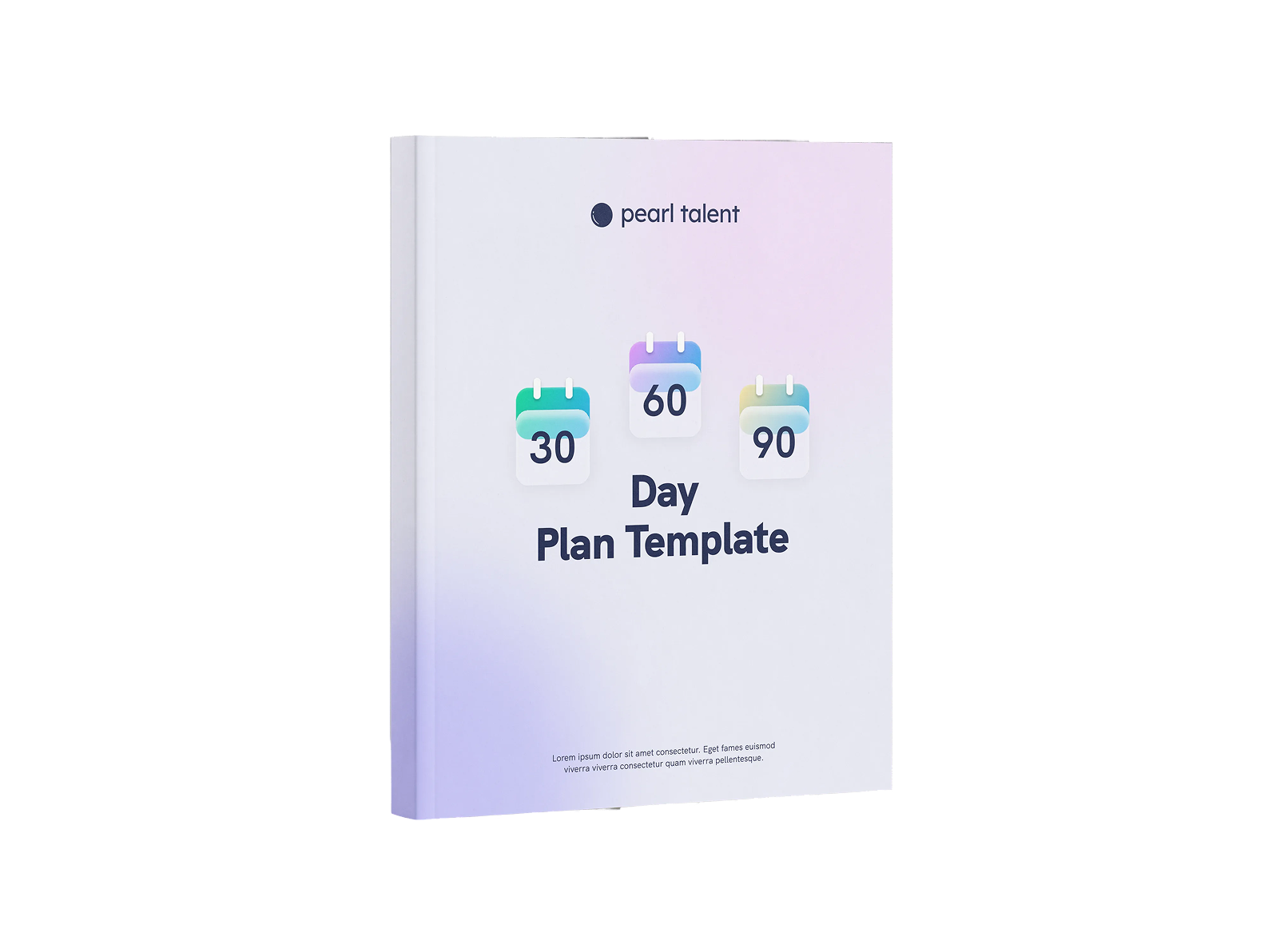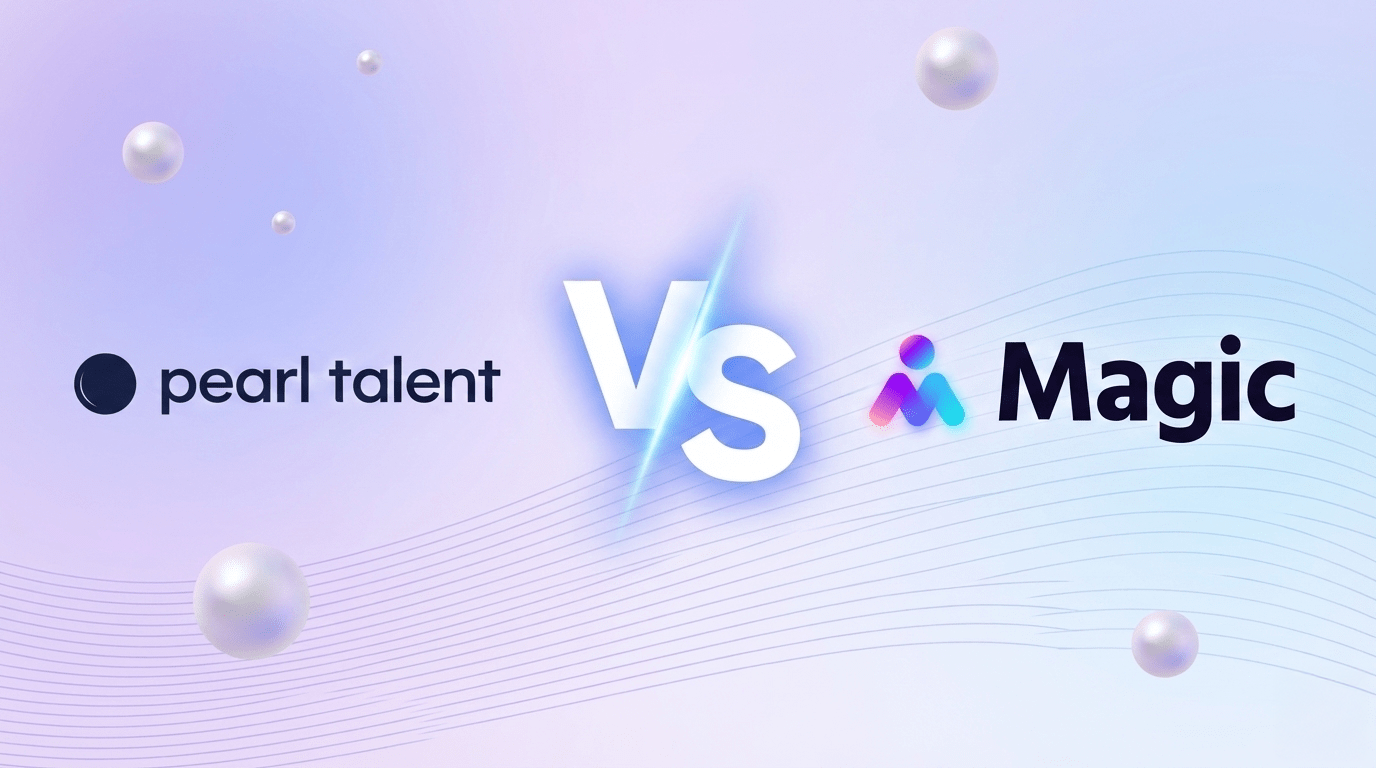Catena is now Pearl Talent! Same mission, new name.
A full-stack developer is the ultimate craftsman of the digital world. They don't just build one part of an app or website or system, but create the entire digital experience from start to finish. They seamlessly blend design, logic, and data, working on everything users see and everything running behind the scenes.
A full-stack developer acts as the bridge between creativity and technology, shaping how we interact with software in ways that feel natural, powerful, and effortless. In a fast-paced world where speed and adaptability matter, they are the versatile problem-solvers driving innovation forward.
Like Swiss Army knives of software, Full Stack Developers are adaptable, creative, and essential, shaping not just how software works, but how it feels.
What Is the Difference Between a Full-Stack Developer, a Frontend Developer, and a Backend Developer?
A full-stack developer is skilled in both frontend and backend development, meaning they can build and manage the entire software application, from the user interface to the server, database, and everything in between. In contrast, a frontend developer focuses solely on the client side, creating the visual elements users interact with using technologies like HTML, CSS, and JavaScript. A backend developer, on the other hand, works on the server side, handling the logic, database interactions, APIs, and server configuration that power the application behind the scenes. While frontend and backend developers specialize in their respective areas, a full-stack developer bridges the gap, offering a more holistic approach to application development.
Key Responsibilities of a Full-Stack Developer
Designing and Building User Interfaces (Frontend)
Full-stack developers are responsible for creating intuitive, responsive, and visually appealing user interfaces using technologies like HTML, CSS, JavaScript, and frameworks such as React, Angular, or Vue. They ensure a smooth user experience across devices and browsers while integrating frontend components with backend functionality.
Handling Server Logic, Databases, and APIs (Backend)
On the backend, full-stack developers build and maintain server-side logic, manage databases, and create APIs that connect the frontend to backend services. They work with languages and frameworks like Node.js, Python, Ruby on Rails, or PHP, and handle data storage, authentication, and performance optimization.
Managing the Full Lifecycle of Web Development Projects
Full-stack developers oversee projects from initial concept to deployment and maintenance. They participate in planning, architecture design, coding, testing, debugging, deployment, and post-launch updates. Their ability to work across the stack enables them to lead end-to-end development with minimal handoffs, ensuring faster delivery and better cohesion.
Benefits of Hiring a Full-Stack Developer
Versatility Across Front-End and Back-End Development
Full-stack developers can handle both client-side (UI/UX) and server-side (logic, databases) tasks. This versatility reduces the need for multiple specialists and ensures smoother integration between all layers of your application.
Cost-Effective Development
Hiring one full-stack developer instead of separate front-end and back-end developers can lower overall costs. They can manage more of the project independently, reducing resource needs and communication overhead.
Faster Project Delivery
With the ability to work on multiple components of a project simultaneously, full-stack developers help speed up development timelines. They're particularly valuable in agile environments or startups where rapid iteration is essential.
Seamless Communication and Problem-Solving
Since full-stack developers understand the entire development process, they can troubleshoot issues across the stack more efficiently and communicate more clearly between technical and non-technical team members.
Greater Flexibility in Scaling Projects
Full-stack developers are well-suited to dynamic projects. They can easily shift between different tasks, technologies, and responsibilities as project needs evolve, making them a flexible asset for growing teams.
What Skills, Technologies, Qualifications and Certifications Should a Full-Stack Developer Have?
A qualified full-stack developer should be proficient in both front-end and back-end technologies. On the front-end, they should know HTML, CSS, JavaScript, and frameworks like React, Vue.js, or Angular. On the back-end, experience with Node.js, Python, Ruby, or PHP is common, along with working knowledge of databases such as MySQL, PostgreSQL, or MongoDB.
They should also be familiar with:
- Version control tools like Git
- Building and consuming RESTful APIs
- Basic DevOps practices (e.g., CI/CD, cloud deployment)
While a degree in computer science is helpful, it's not always required. Certifications from platforms like freeCodeCamp, AWS, or Google Cloud can enhance credibility, especially for candidates new to the field or seeking to validate specific skills.
Top Tools and Frameworks Used by Full-Stack Developers in 2025
Frontend Frameworks
Popular choices for building responsive, interactive user interfaces:
- React – Flexible and widely adopted across industries
- Vue.js 3 – Lightweight and easy to learn
- Next.js – Great for server-rendered and full-stack React apps
Backend Frameworks
Used for building APIs and managing business logic:
- Node.js + Express – Fast and scalable JavaScript backend
- Django (Python) – Secure and full-featured
- Spring Boot (Java) – Robust, enterprise-grade support
Databases
Commonly used for data storage and retrieval:
- PostgreSQL – Reliable and powerful SQL database
- MongoDB – Flexible NoSQL option for unstructured data
Development & Deployment Tools
Essential tools for version control, collaboration, and deployment:
- Git & GitHub – Standard for code management
- Docker – Ensures consistent environments
- Vercel / Netlify – Easy frontend hosting and deployment
- AWS / Google Cloud – Scalable backend infrastructure
When Should You Hire a Full-Stack Developer?
Hiring a full-stack developer is ideal when you need someone who can handle both the frontend and backend of a project without the overhead of managing multiple specialists. They bring flexibility, efficiency, and broad technical knowledge, making them a smart choice in scenarios like:
- Building a web or mobile app from scratch
- Launching an MVP or prototype quickly
- Working with a limited budget or small team
- Needing one person to manage end-to-end development
- Maintaining and improving an existing product
- Startups or fast-paced environments requiring rapid iteration
If your project needs someone who can wear multiple hats, adapt quickly, and keep development streamlined, a full-stack developer is often the best hire.
How Much Does It Cost to Hire a Full-Stack Developer?
In the United States, the average salary for a full-time, in-house Full-Stack Developer is approximately $128,792 per year according to Indeed. Rates can vary significantly based on experience, tech stack (e.g., JavaScript, Python, React, Node.js), and location, particularly in competitive markets like San Francisco or New York.
For companies that need flexibility or are managing project-based workloads, freelance or contract Full-Stack Developers are a common alternative. These developers typically charge $50 to $150+ per hour, depending on expertise and complexity of work.
Many businesses also lower costs without sacrificing quality by hiring offshore developers through global talent networks like Pearl Talent. Developers from regions such as Latin America, South Africa and South East Asia offer high technical proficiency at up to 60% lower cost than U.S.-based hires. Offshore hiring can be especially effective for startups and growing teams aiming to build or scale products without the overhead of a domestic engineering team.
Pearl Talent’s Managed Services model priced at $3,000 per hire per month covers sourcing, payroll, compliance, and performance monitoring.
Whether you need short-term development support or a long-term engineering partner, global hiring models offer a cost-efficient way to access skilled Full-Stack Developers without compromising on quality.
How to Find and Hire the Right Full-Stack Developer for Your Project
- Defining Your Project Scope and Technical Requirements
Before beginning your search, clearly outline your project’s goals, features, and technology stack. Are you building a mobile-responsive web app, an internal dashboard, or a scalable SaaS platform? Identify the specific languages, frameworks, or databases needed such as JavaScript (React, Node.js), Python (Django, Flask), Ruby on Rails, or PostgreSQL. Consider whether your project requires front-end-heavy work, complex backend architecture, or both. Defining these elements upfront ensures you attract candidates with the right technical skill set and development experience.
- Reviewing Portfolios, Code Samples, and GitHub Activity
A developer’s past work is a window into their capabilities. Look for portfolios that showcase full-stack projects similar to yours, whether in functionality, scale, or tech stack. Analyze code samples or GitHub contributions to assess code quality, modularity, and documentation habits. Clean, well-commented code and consistent version control practices signal a reliable and professional developer. If possible, review open-source contributions or side projects to get a sense of their problem-solving approach and passion for development.
- Evaluating Technical Skills with Tests or Pair Programming
Beyond resumes, use hands-on assessments to verify technical expertise. These can include coding challenges, take-home assignments, or live pair-programming sessions. Tailor the task to your real-world application needs such as building a simple API, integrating a front-end interface, or optimizing a database query. This helps evaluate not only coding ability but also architecture decisions, debugging skills, and how they manage trade-offs between performance, scalability, and usability.
- Checking References and Collaboration History
Great full-stack developers are more than coders, they’re collaborators. Ask for references from previous clients or team leads, especially for projects similar in complexity or scale to yours. Inquire about communication habits, ability to meet deadlines, responsiveness to feedback, and how well they worked with designers, product managers, or QA teams. Past performance in cross-functional environments is a strong predictor of future success.
- Assessing Communication and Cultural Fit
Strong communication is essential, especially if you're working remotely or across time zones. During interviews, note how clearly the developer explains complex ideas and whether they ask insightful questions about your product or goals. Are they proactive about raising potential issues or proposing solutions? Do they show an understanding of product thinking and user experience, or are they narrowly focused on code? Cultural fit also matters: assess whether their work style, values, and expectations align with your team’s.
- Considering Engagement Type and Budget
Decide whether you need a full-time hire, part-time contributor, or freelance/contract-based engagement. Each has cost and commitment implications. A full-time developer may be ideal for long-term builds or ongoing iterations, while a freelance developer might suffice for MVPs or time-bound projects. Understand your budget range and match it against your desired experience level, senior developers cost more but often deliver faster, more scalable solutions with less oversight.
- Making an Informed Hiring Decision
After reviewing technical skills, communication abilities, portfolio, references, and budget alignment, bring it all together. Choose a developer who not only meets your technical needs but also complements your project’s pace, style, and goals. A good full-stack developer will accelerate your product build; a great one will elevate its architecture, usability, and long-term maintainability.
- Consider Global Talent Platforms Like Pearl Talent
For a more efficient and cost-effective approach, consider sourcing full-stack developers through trusted global talent platforms like Pearl Talent. These agencies can help you quickly find vetted developers with the right expertise for your stack, timezone compatibility, and proven track records at a fraction of the cost.
Get Support from a Skilled Full-Stack Developer Through Pearl Talent
Whether you need to build a new application, scale your existing product, or maintain complex software systems, Pearl Talent connects you with highly skilled Full-Stack Developers. Our vetted network includes professionals experienced in modern frameworks, backend and frontend technologies, and agile development—ready to integrate seamlessly with your team.
Get connected with top-tier Full-Stack Developers through Pearl Talent today.
Frequently Asked Questions
Originally Published
August 10, 2025




.svg)


















